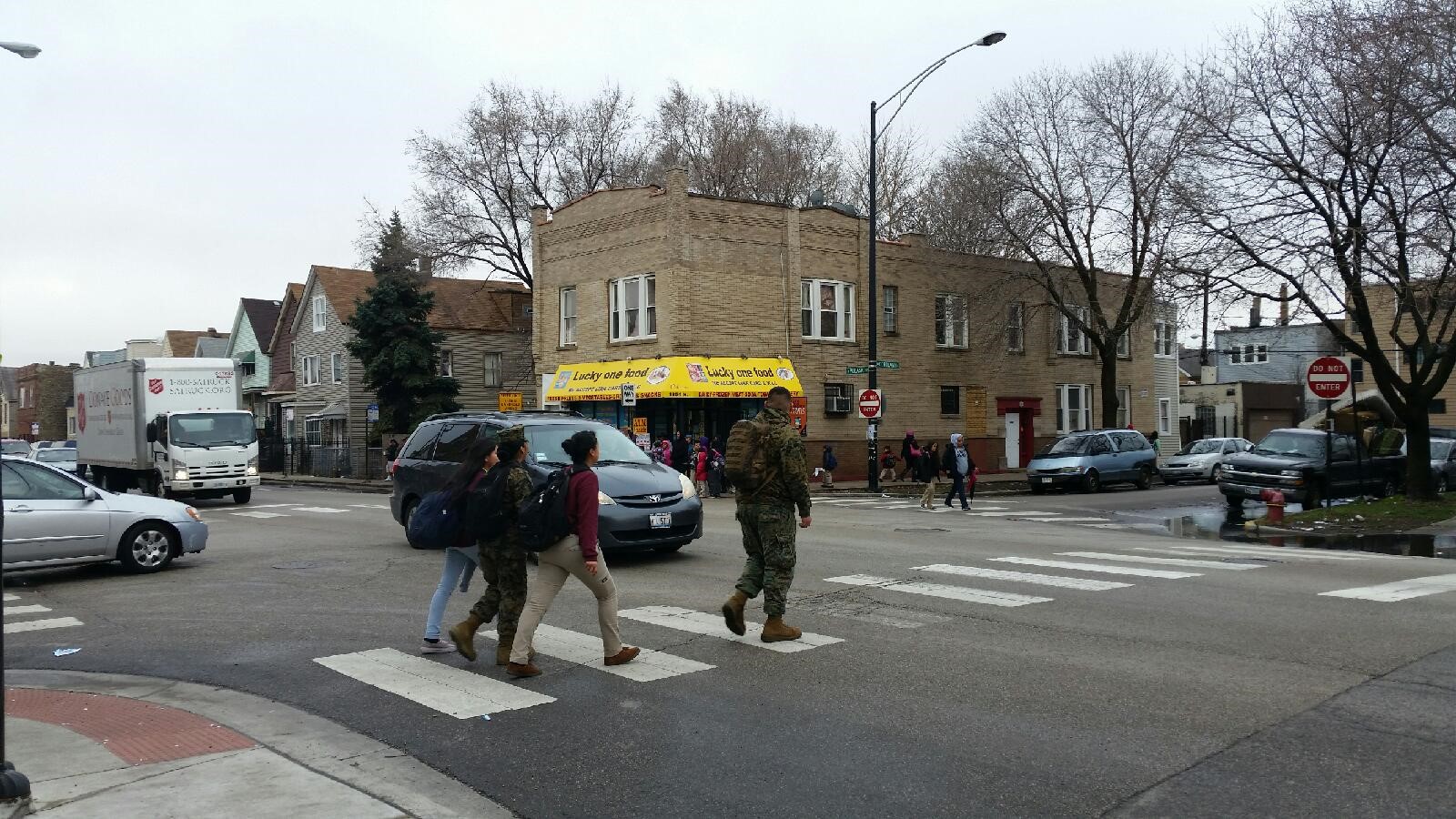Did You Know?
Boosting safety with education campaigns

Education is always one of the most talked about topics in traffic safety, and Vision Zero is no different.
There’s a perception that if we could just better educate users about how to share the road and travel responsibly, we’d see fewer traffic crashes, serious injuries and fatalities.
The reality is public education alone will not solve the problem. The hallmark of a Vision Zero approach to traffic safety is pursuing policy changes in several areas, such as infrastructure, enforcement and commercial vehicle regulation.
When done right, cities around the world have shown education can be a powerful tool in traffic safety.
Massive public awareness campaigns are exorbitantly expensive and it can be difficult to evaluate their impact. Targeted campaigns that focus on the most dangerous roadway situations and behaviors are more affordable and impactful.
It’s also important to focus on structural changes to user education that can reach more people and have a greater impact over time than one-off campaigns. In recent years, many cities have evaluated how drivers of commercial vehicles are licensed and changed curricula for driver education programs.
Here are some strategies Chicago should consider:
- Targeted public awareness campaigns: Compliance with Chicago’s Must Stop for Pedestrians is abysmal given that many drivers don’t know they’re required to stop at all crosswalks when a person is present, including unmarked and mid-block crosswalks. A disproportionate number of crashes with people walking and biking involve turning vehicles at intersections, which can be difficult for all users to navigate. Excessive speeding is by far the most common factor in all types of crashes that result in serious injury or fatality. Chicago should analyze the most dangerous roadway behaviors and target public education in areas where they’re most common. In San Francisco, the Safe Streets SF campaign aims to increase compliance with crosswalk laws. When New York City dropped its default speed limit to 25 miles per hour, the city launched a companion public education campaign about the dangers of speeding.
- Expanded driver education: For years, Active Trans and other advocates have pushed for incorporating biking and walking safety into driver education programs and physical education classes. With the recent string of traffic fatalities involving large commercial vehicles, a conversation has started about reforming the state’s Commercial Driver’s License (CDL) program. Working with state partners, Chicago should push to reform driver education and commercial driver licensing programs to enhance walking and biking components. In Washington, D.C., all public school students now learn to ride a bike in second grade. San Francisco launched a first of its kind Large Vehicle Urban Driving Safety Program as part of its Vision Zero effort.
In conjunction with investments in other areas, evidence shows these changes to public education could make a real impact on street safety in Chicago.
Learn more about Vision Zero – including our policy recommendations on commercial vehicles, hit and run crashes, speed reduction and turn restrictions – on our Vision Zero campaign page.
Make a Donation
Your tax-deductible donation supports the important work that Active Trans does throughout the region
